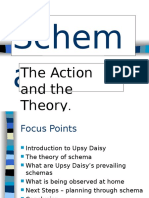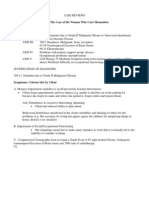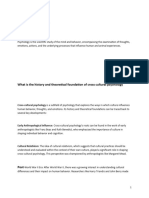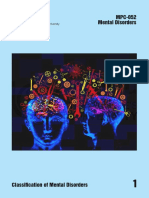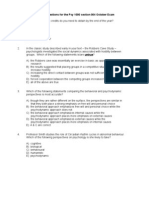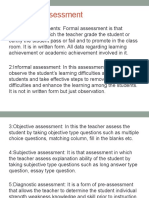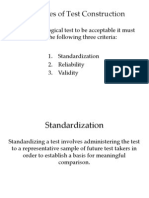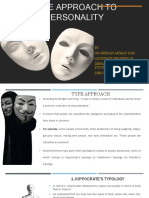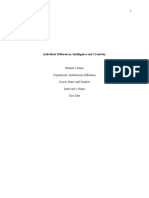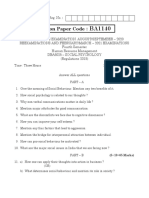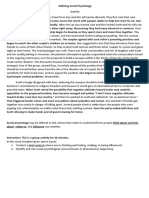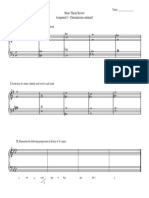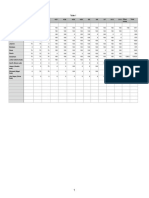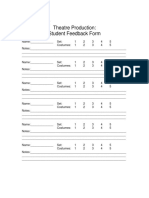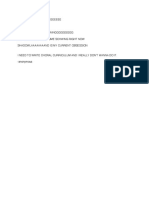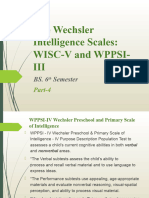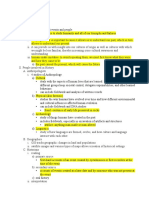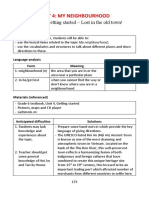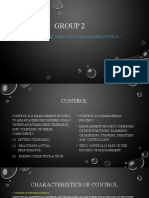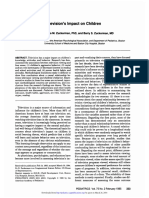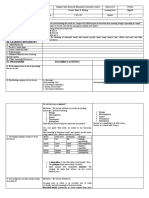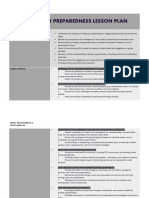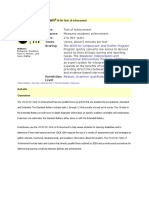100% found this document useful (1 vote)
544 views6 pagesFamily Systems Theory Quiz
1. Family Systems Theory examines how individuals are influenced by their relationships and interactions within a family system. It views the family as an emotional unit where each member affects the other.
2. The document discusses the key concepts of systems theory including microsystems, mesosystems, exosystems, and chronosystems which represent the different levels of environmental and social systems that influence an individual's development.
3. It provides examples of how changes within one system, such as a family, can impact other systems and prompts reflection on how to support diverse families and students.
Uploaded by
Lee CondakesCopyright
© © All Rights Reserved
We take content rights seriously. If you suspect this is your content, claim it here.
Available Formats
Download as DOCX, PDF, TXT or read online on Scribd
100% found this document useful (1 vote)
544 views6 pagesFamily Systems Theory Quiz
1. Family Systems Theory examines how individuals are influenced by their relationships and interactions within a family system. It views the family as an emotional unit where each member affects the other.
2. The document discusses the key concepts of systems theory including microsystems, mesosystems, exosystems, and chronosystems which represent the different levels of environmental and social systems that influence an individual's development.
3. It provides examples of how changes within one system, such as a family, can impact other systems and prompts reflection on how to support diverse families and students.
Uploaded by
Lee CondakesCopyright
© © All Rights Reserved
We take content rights seriously. If you suspect this is your content, claim it here.
Available Formats
Download as DOCX, PDF, TXT or read online on Scribd
/ 6

